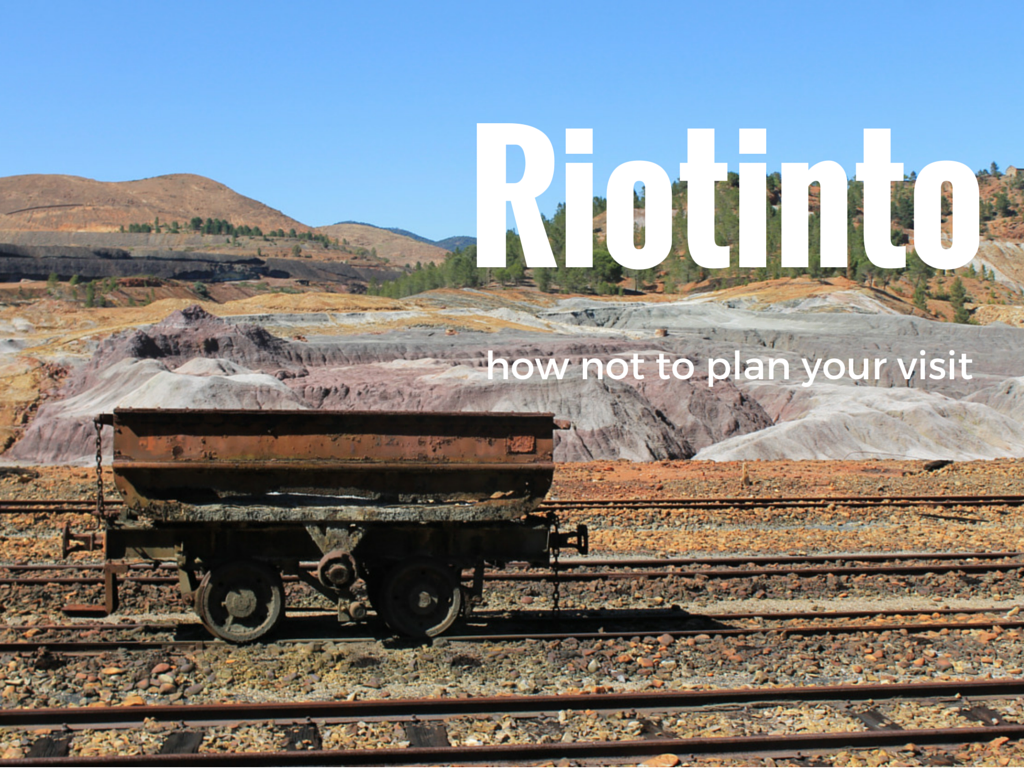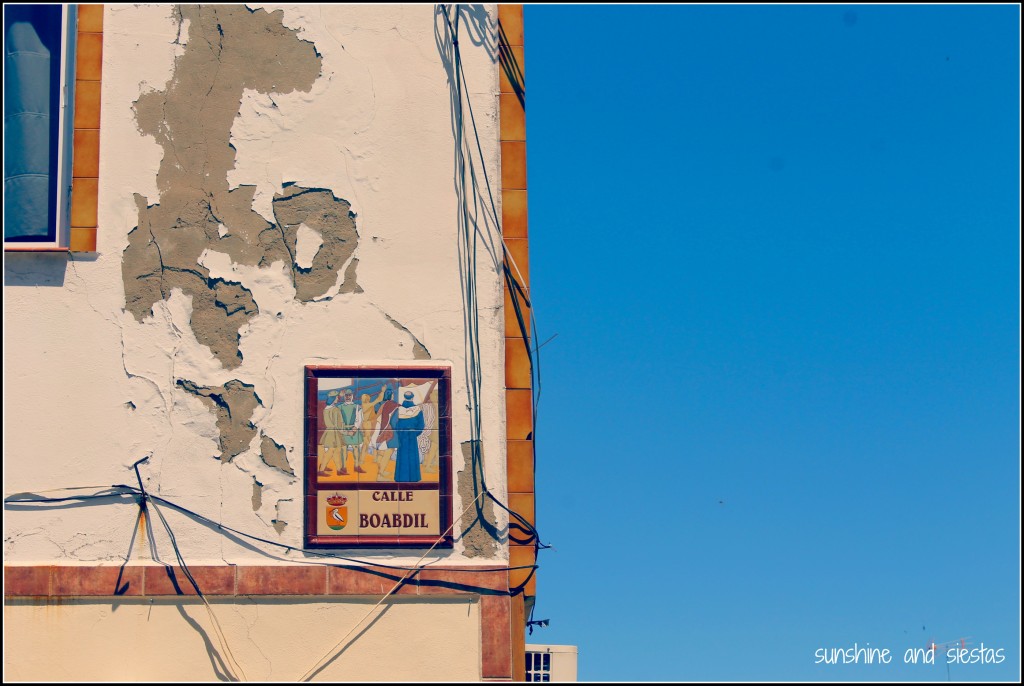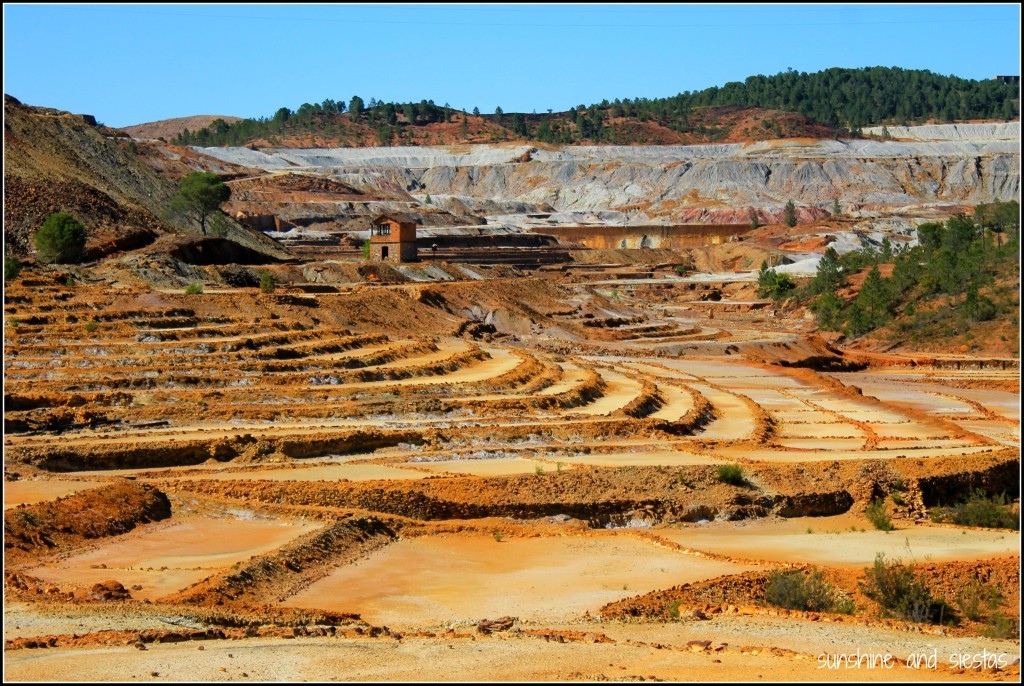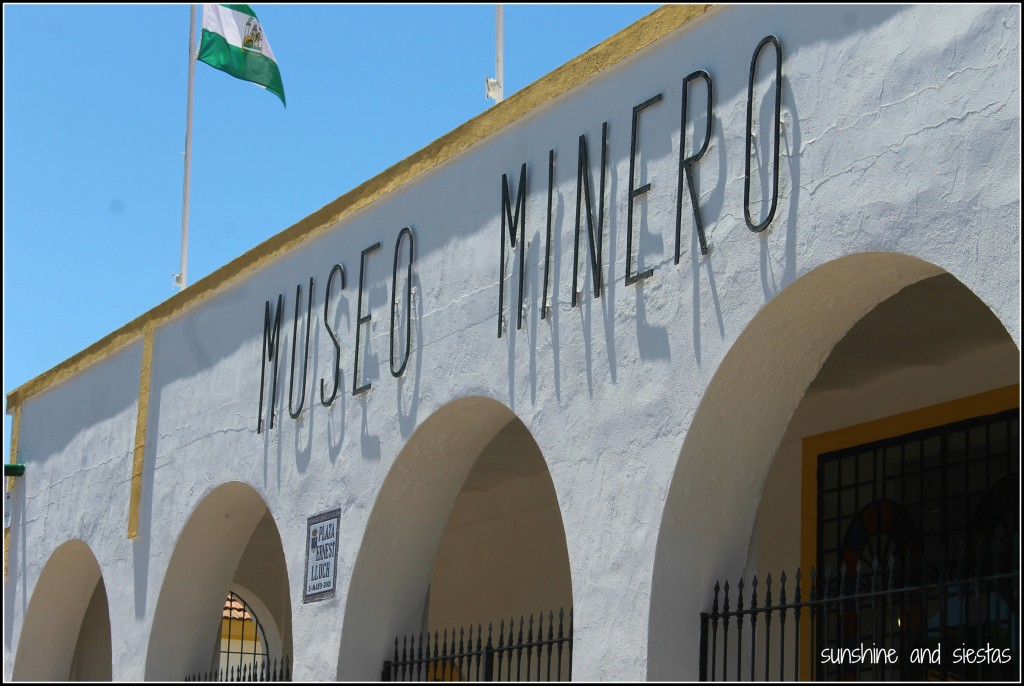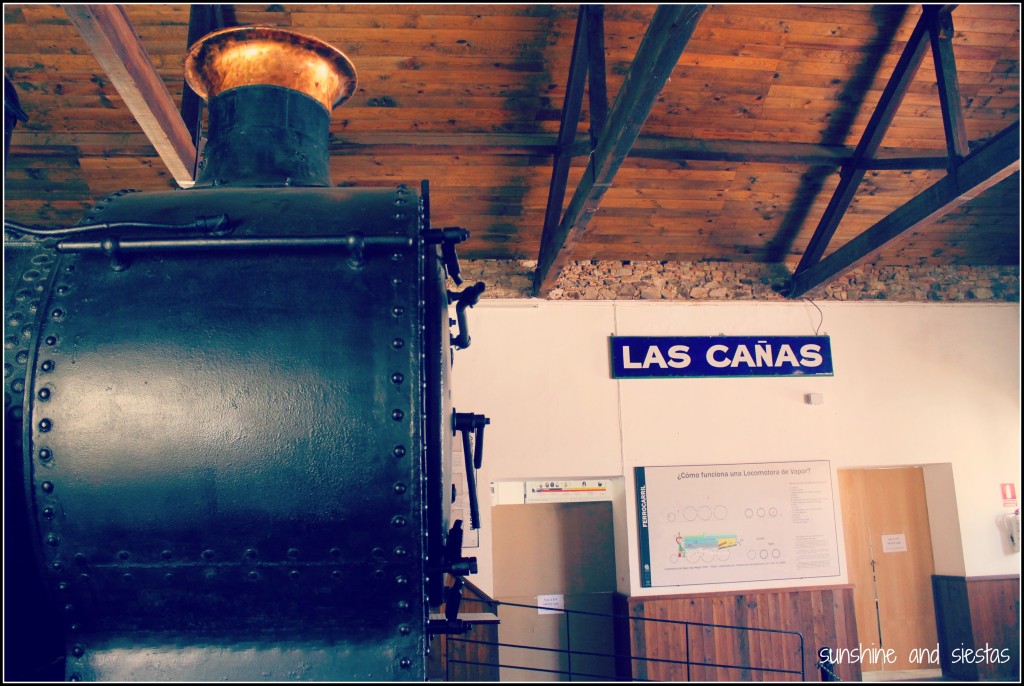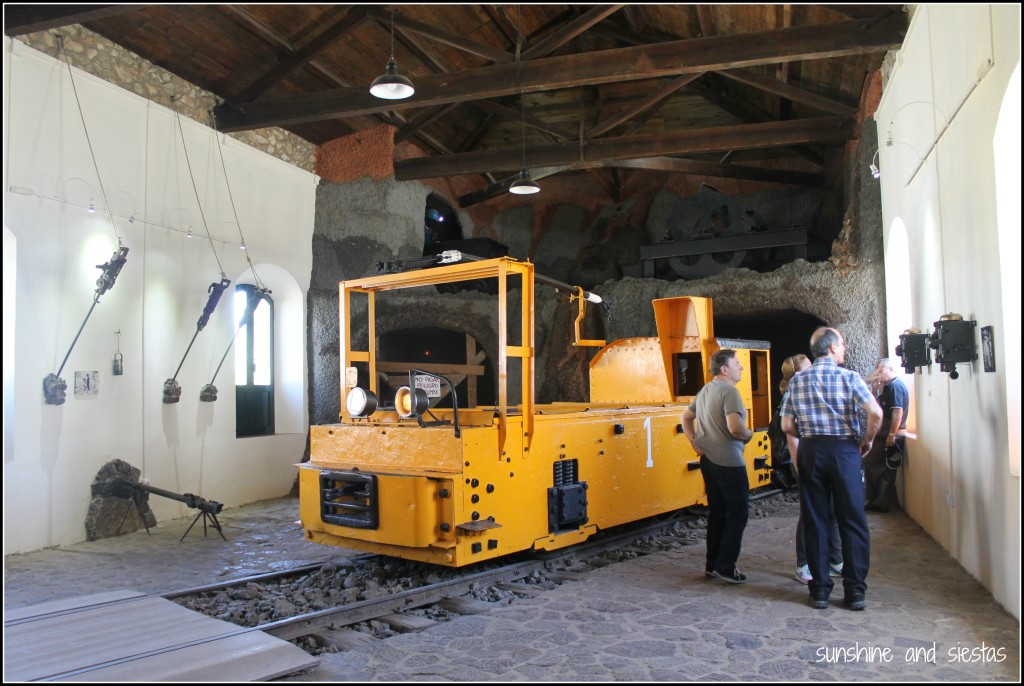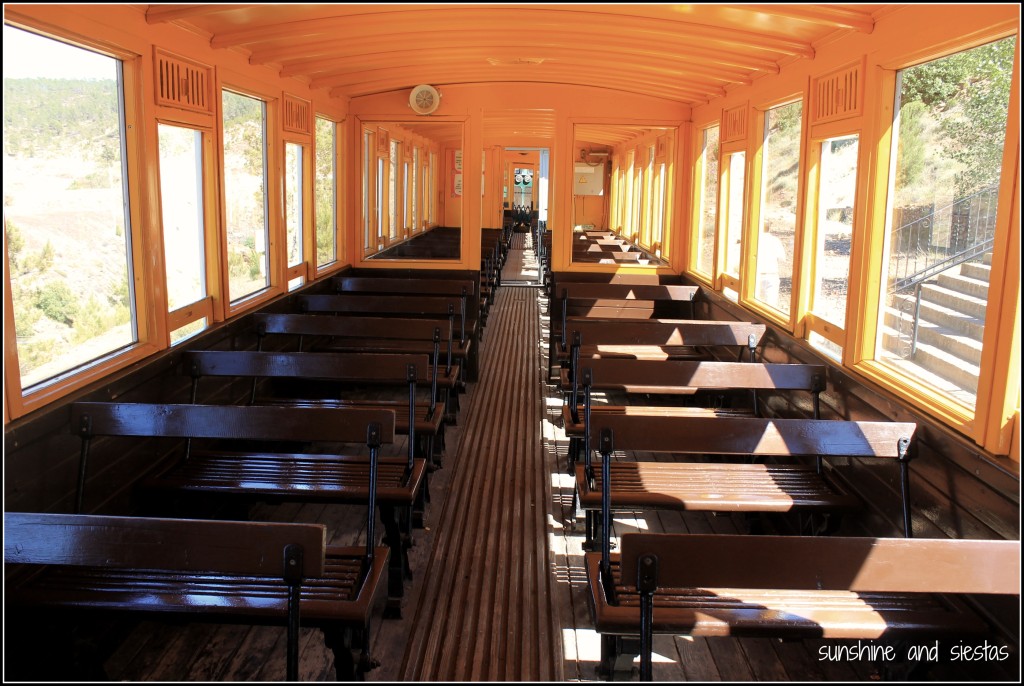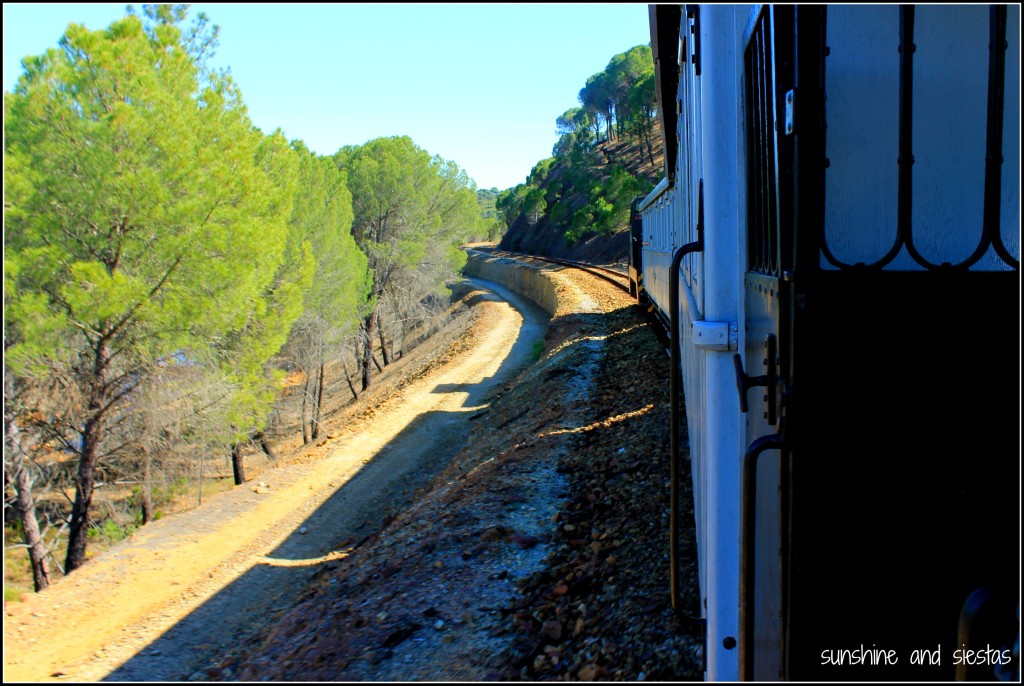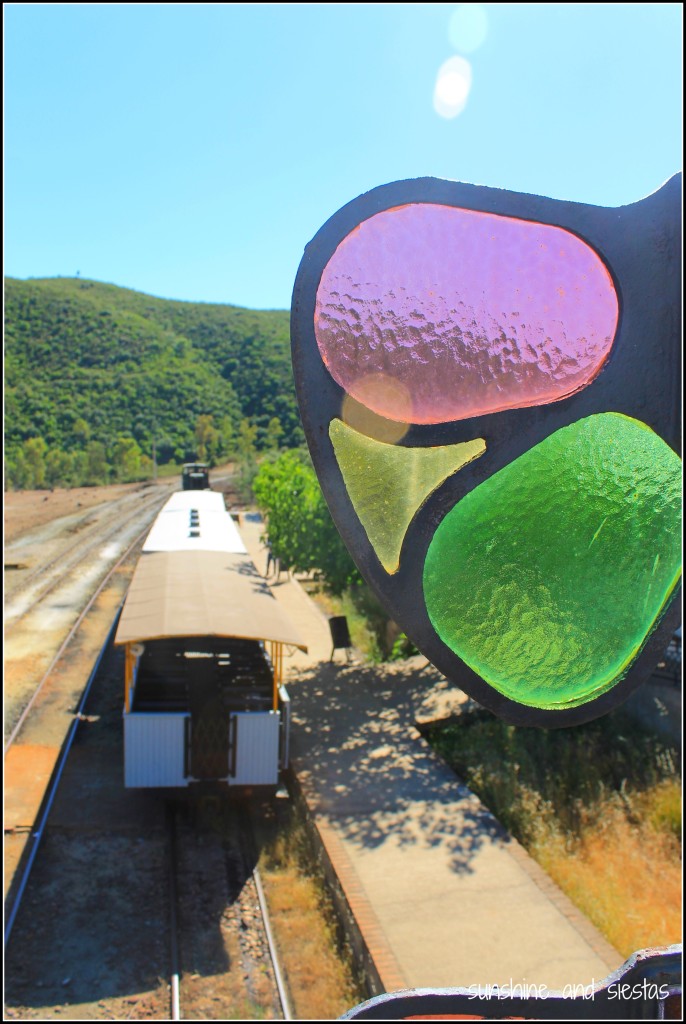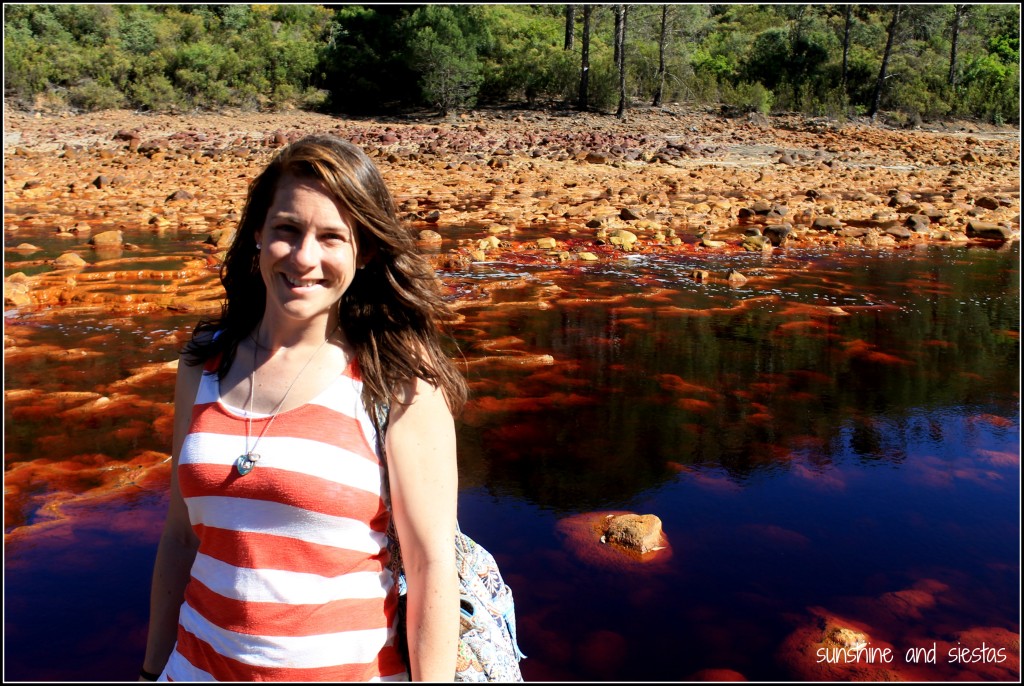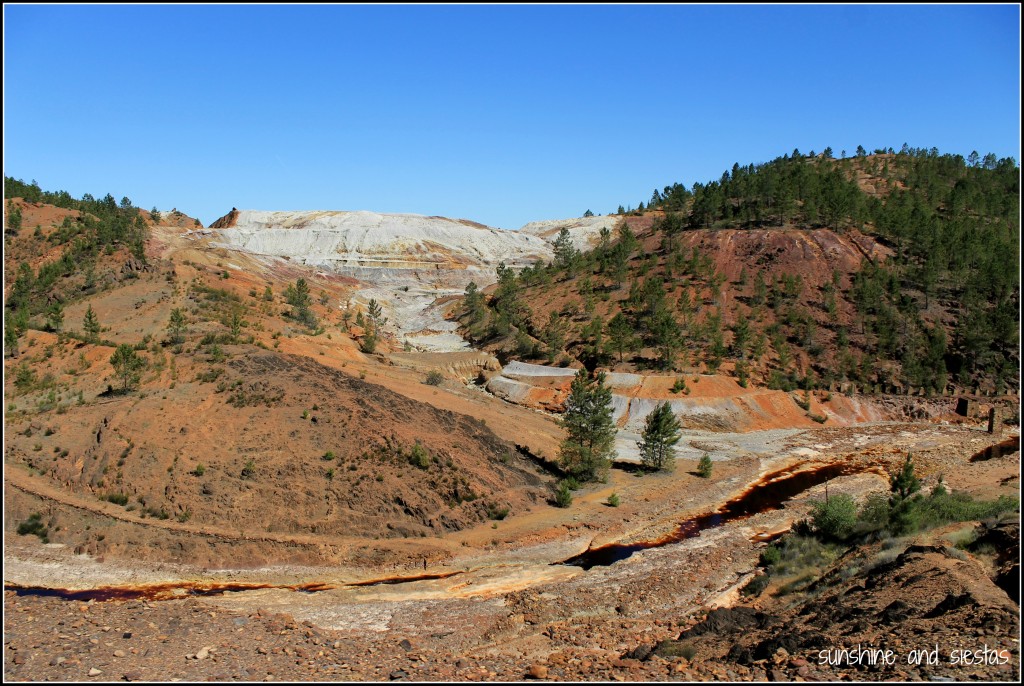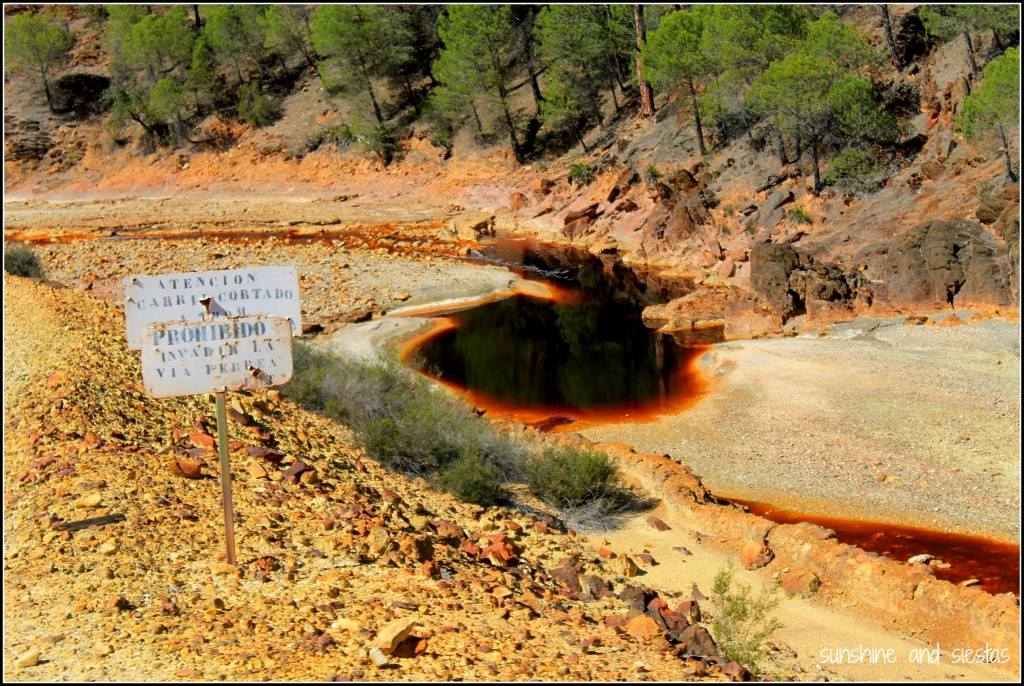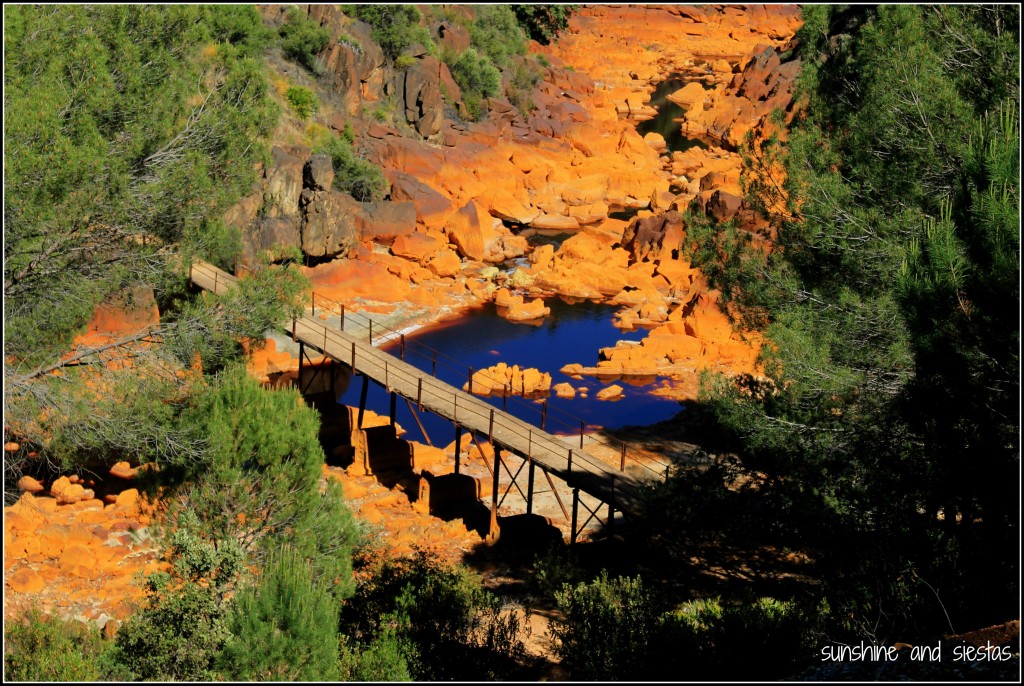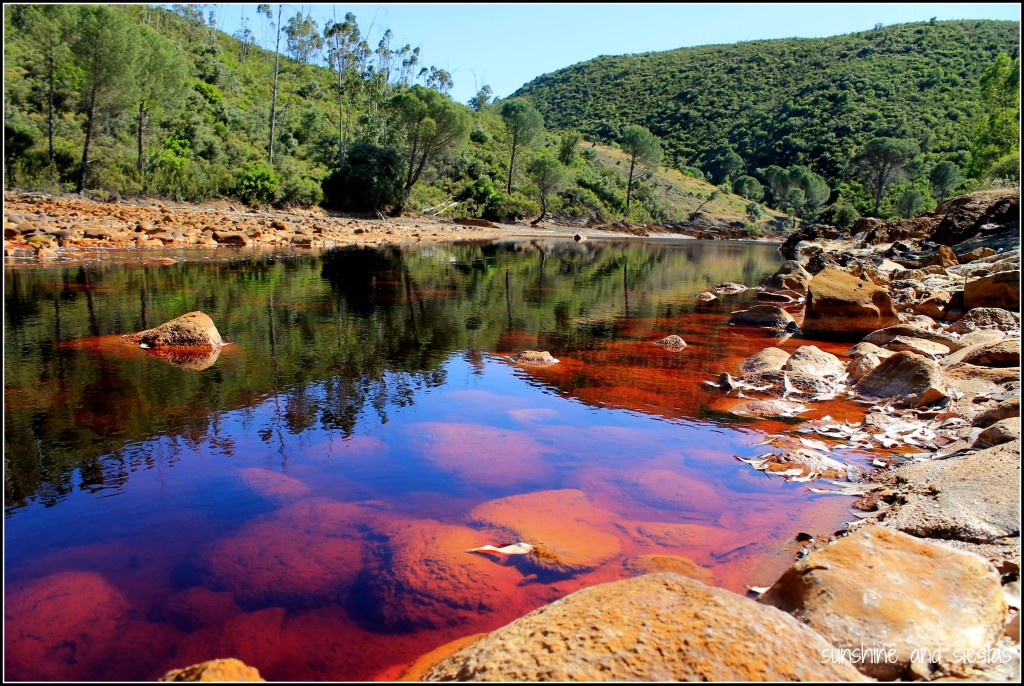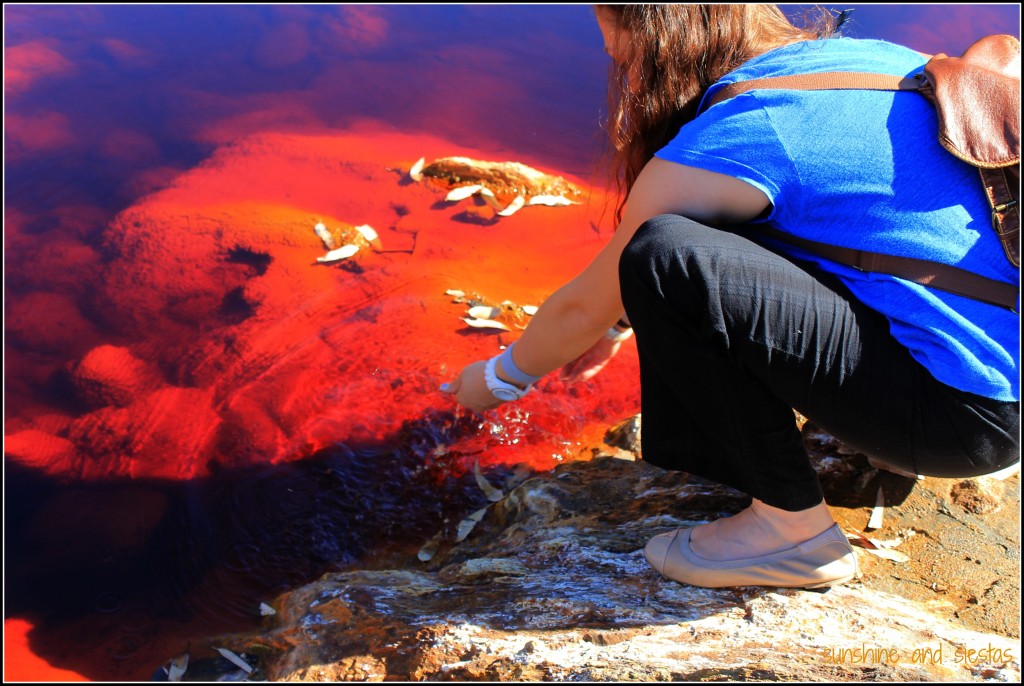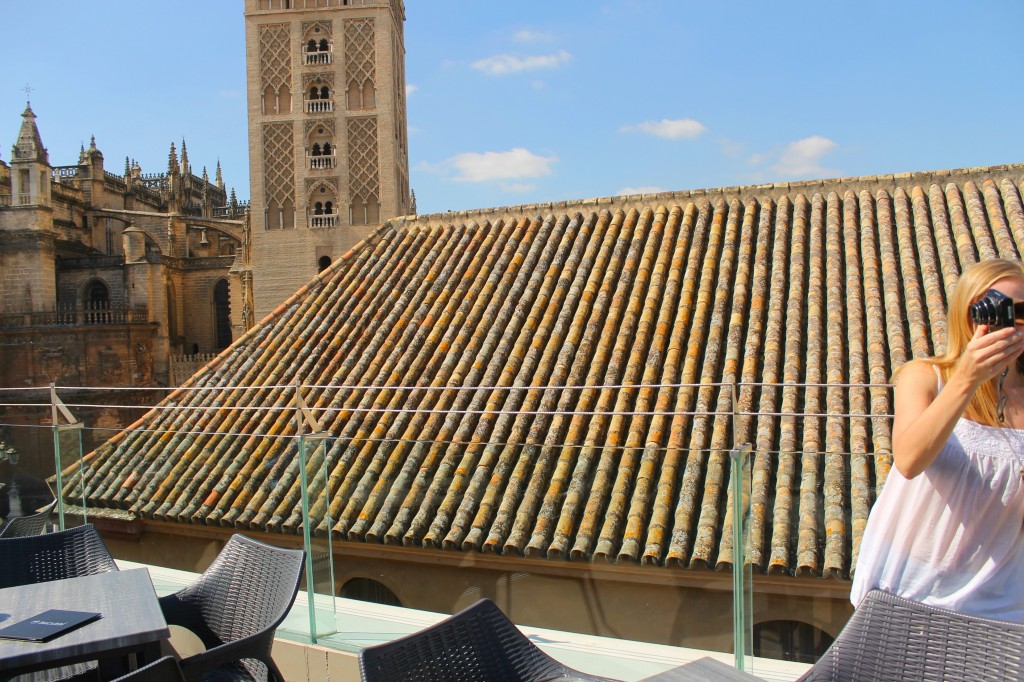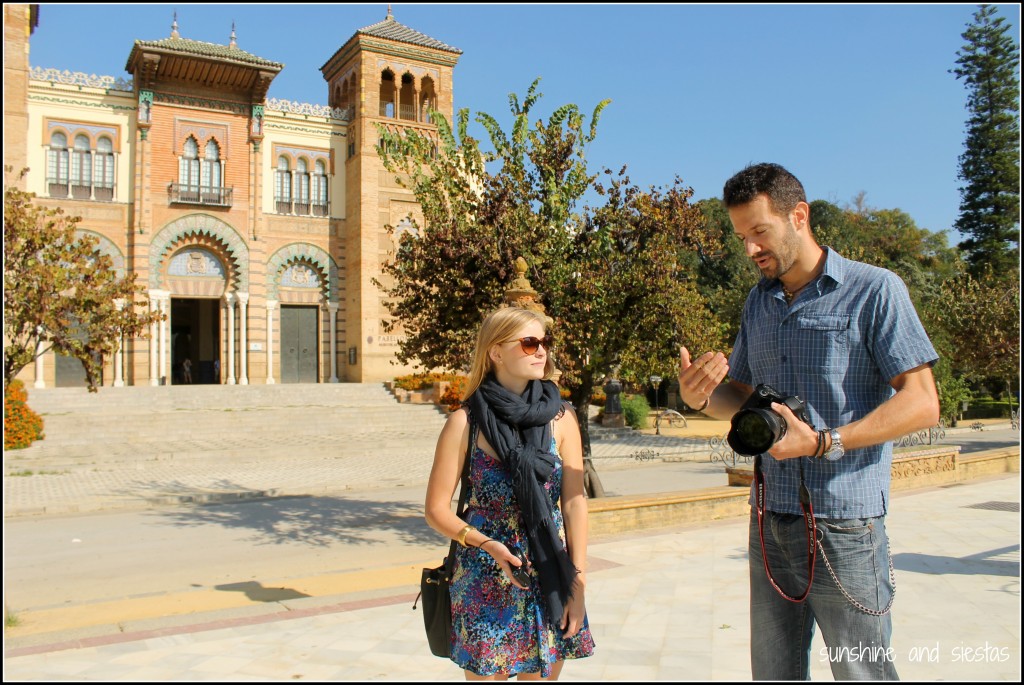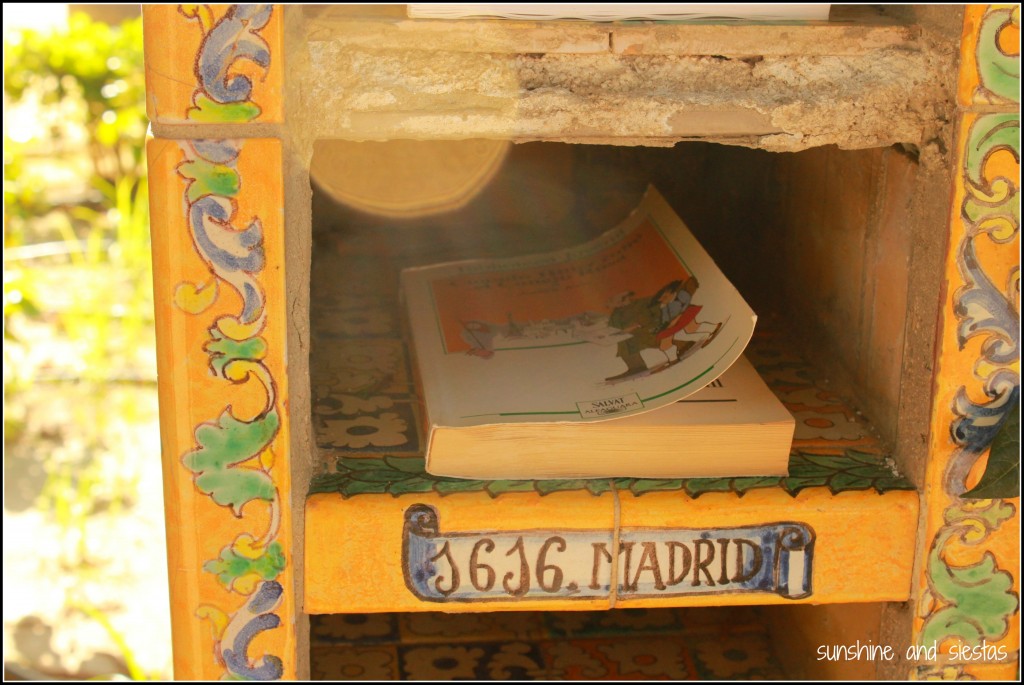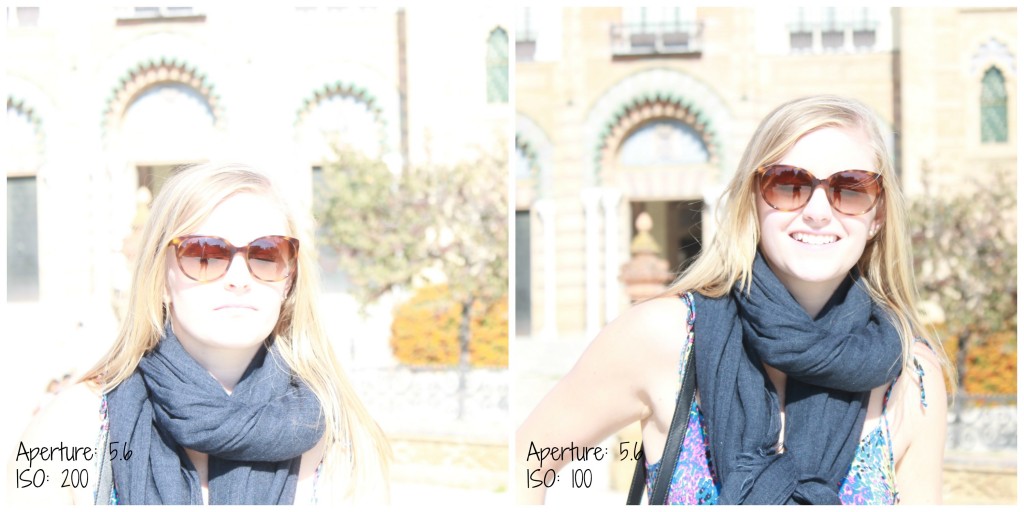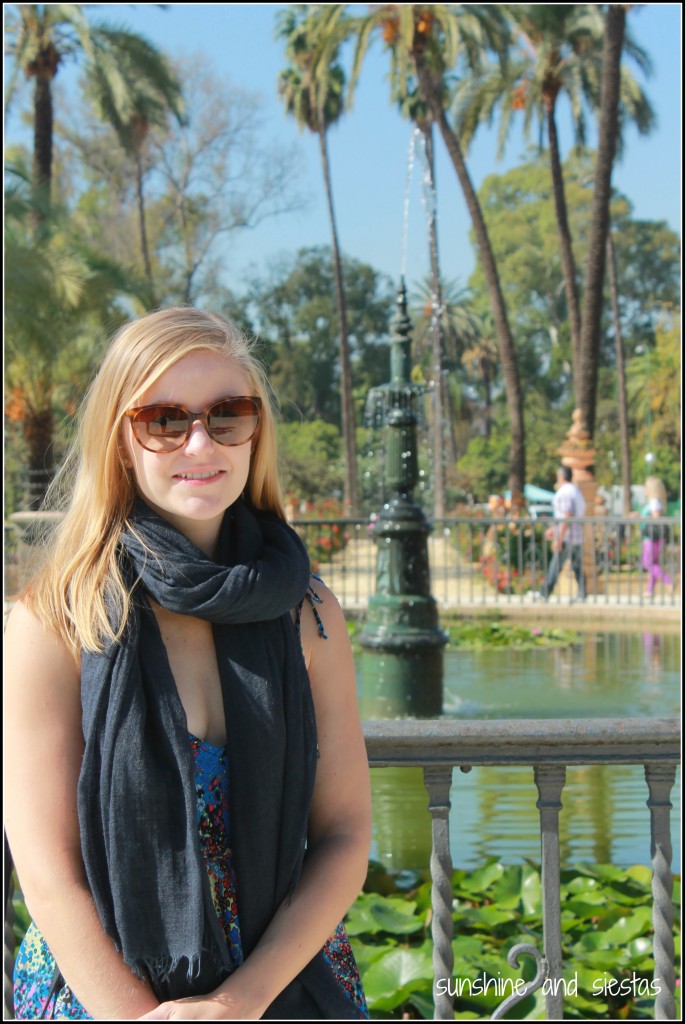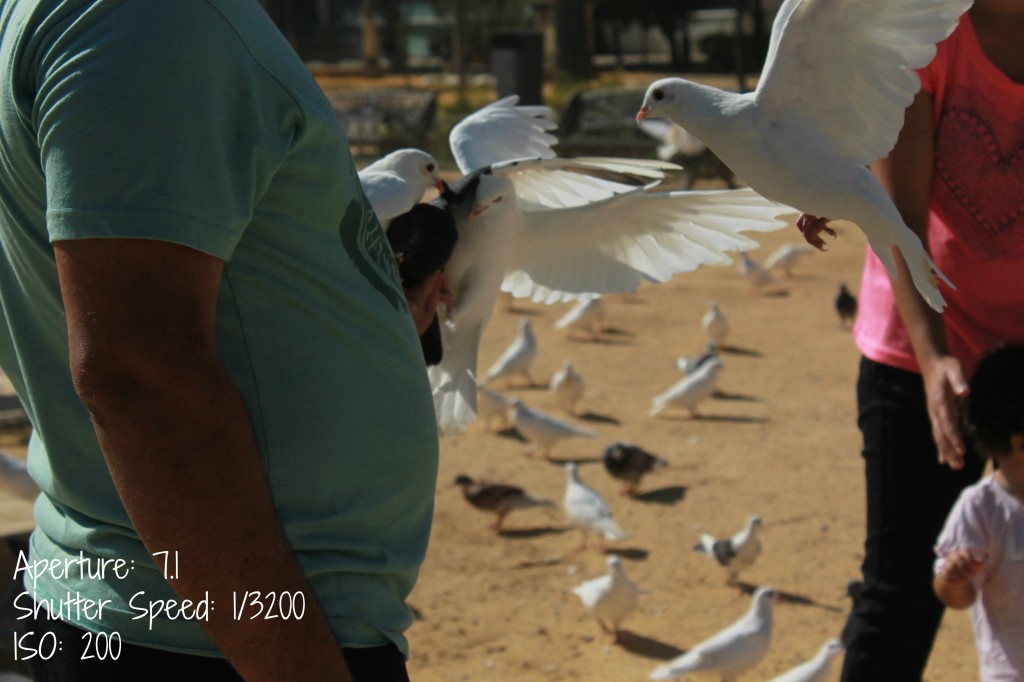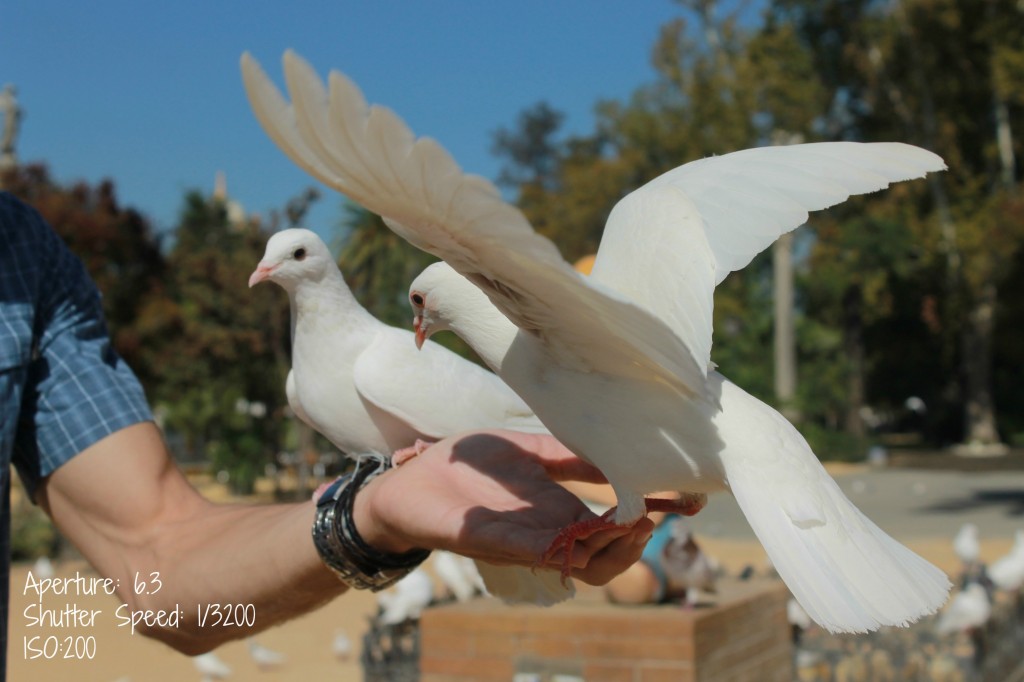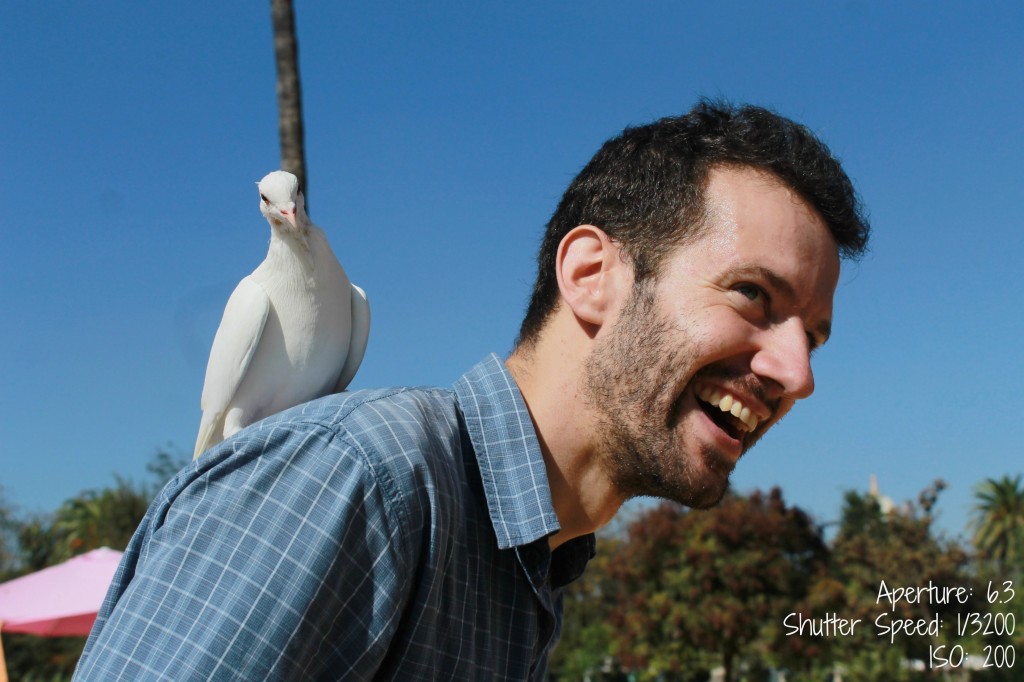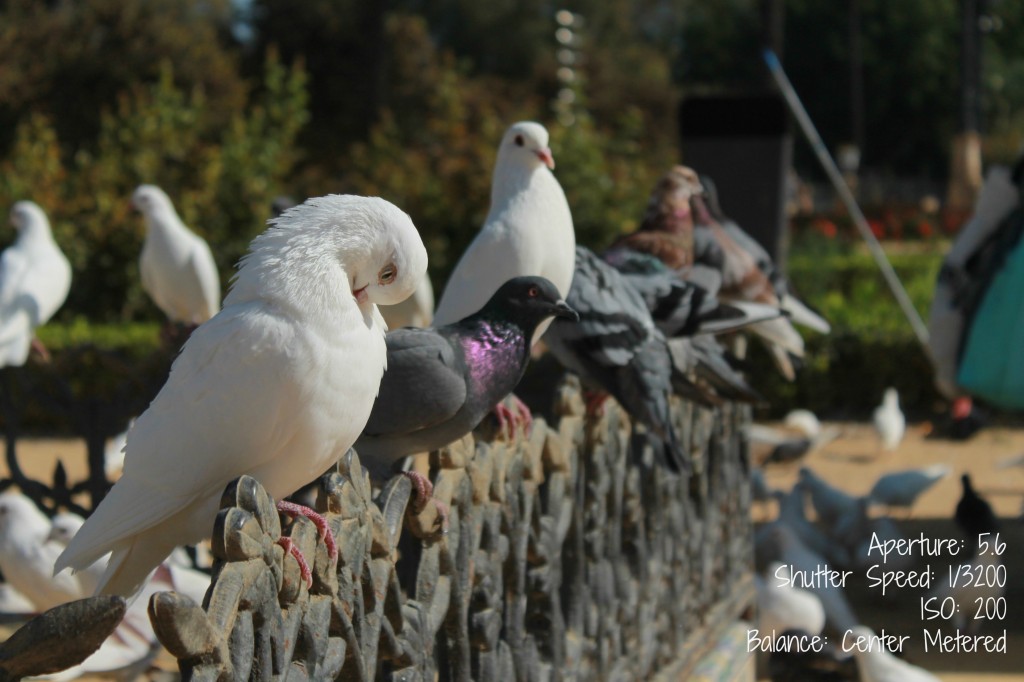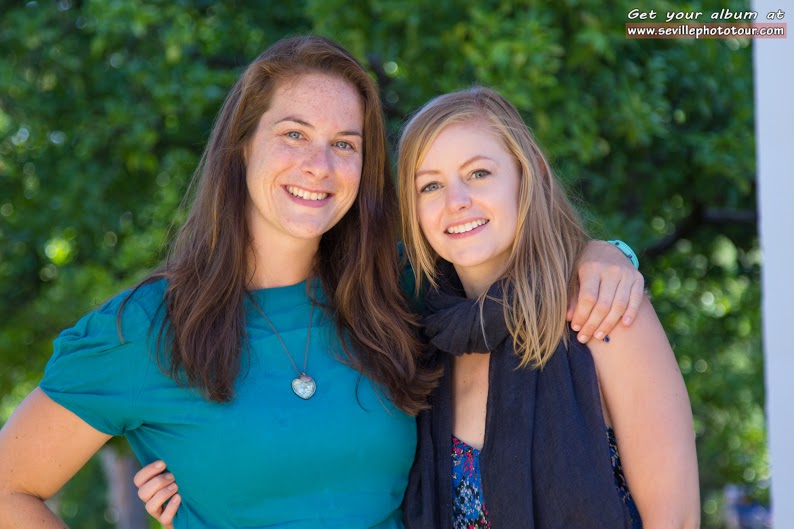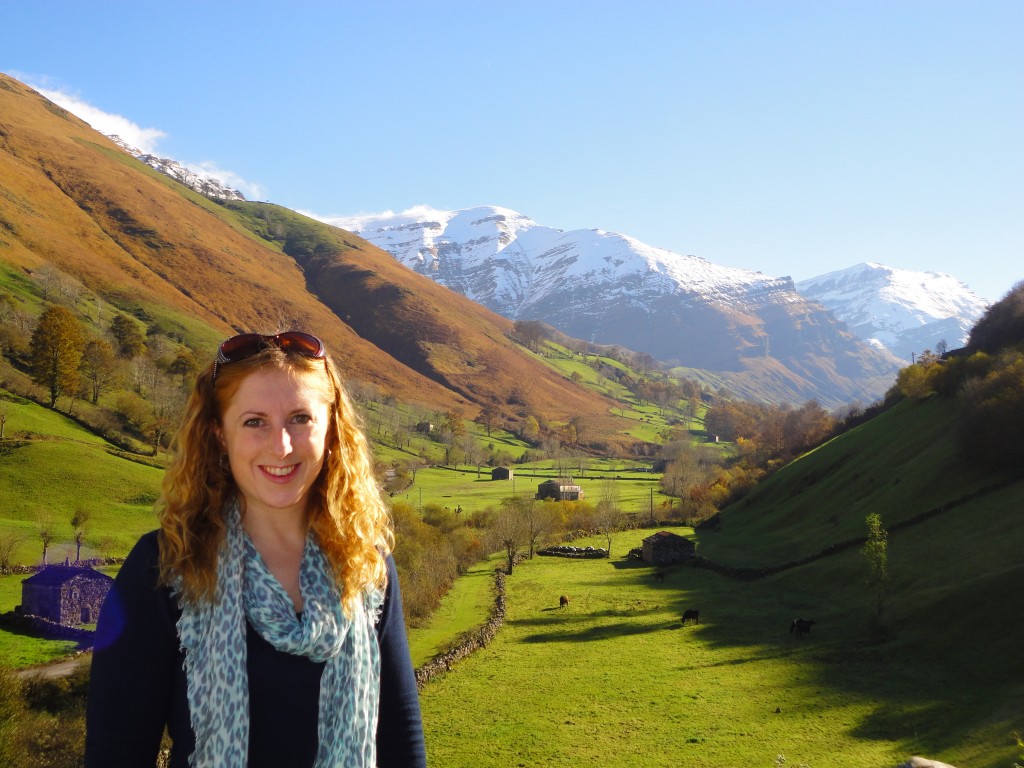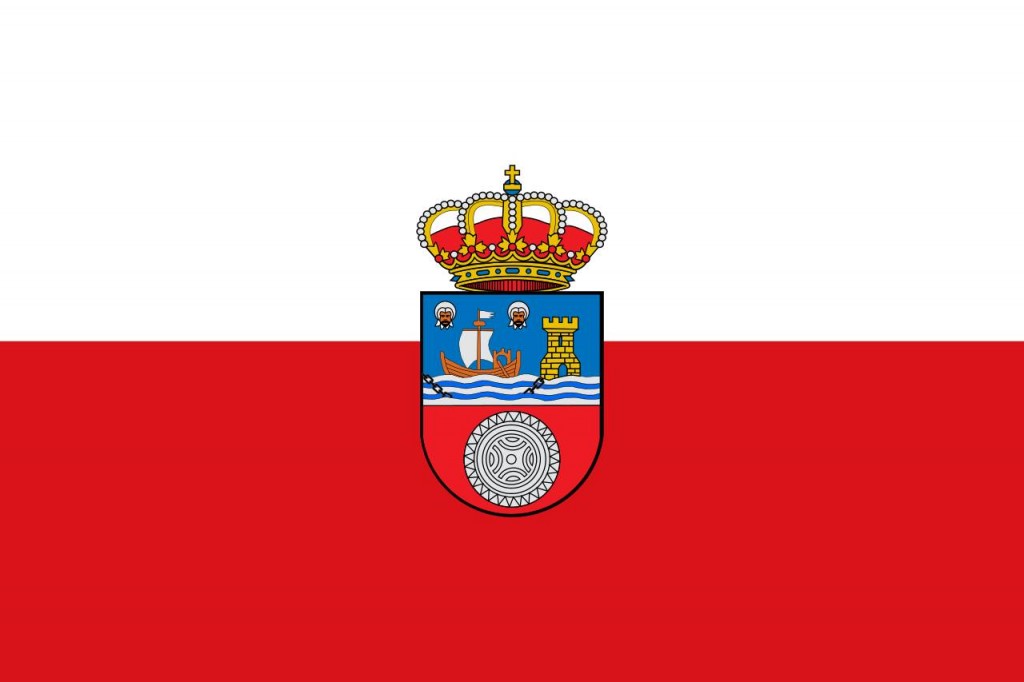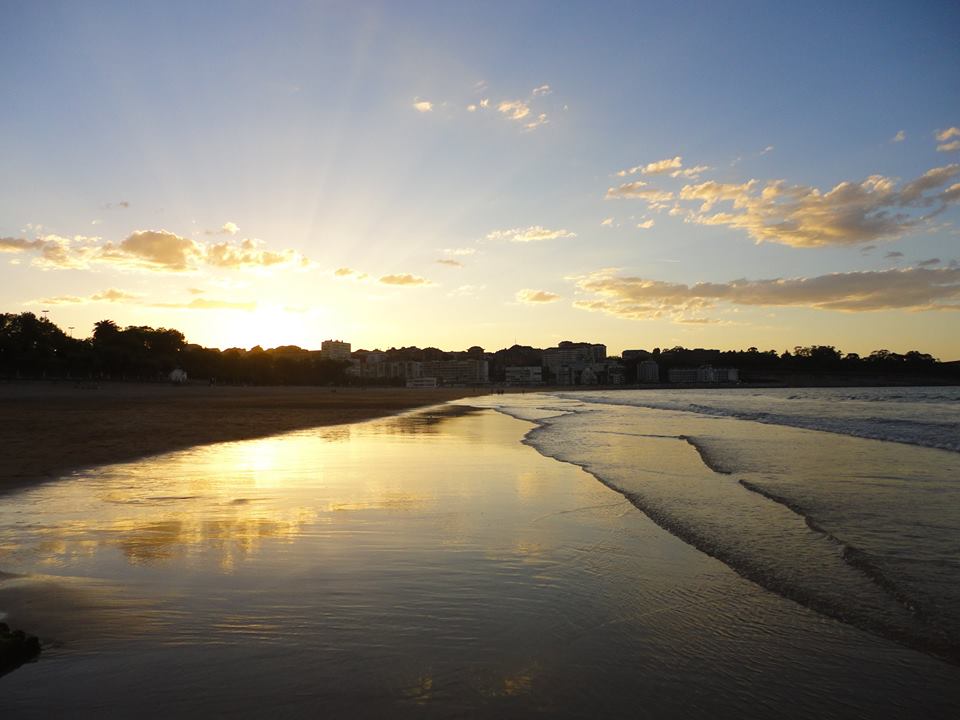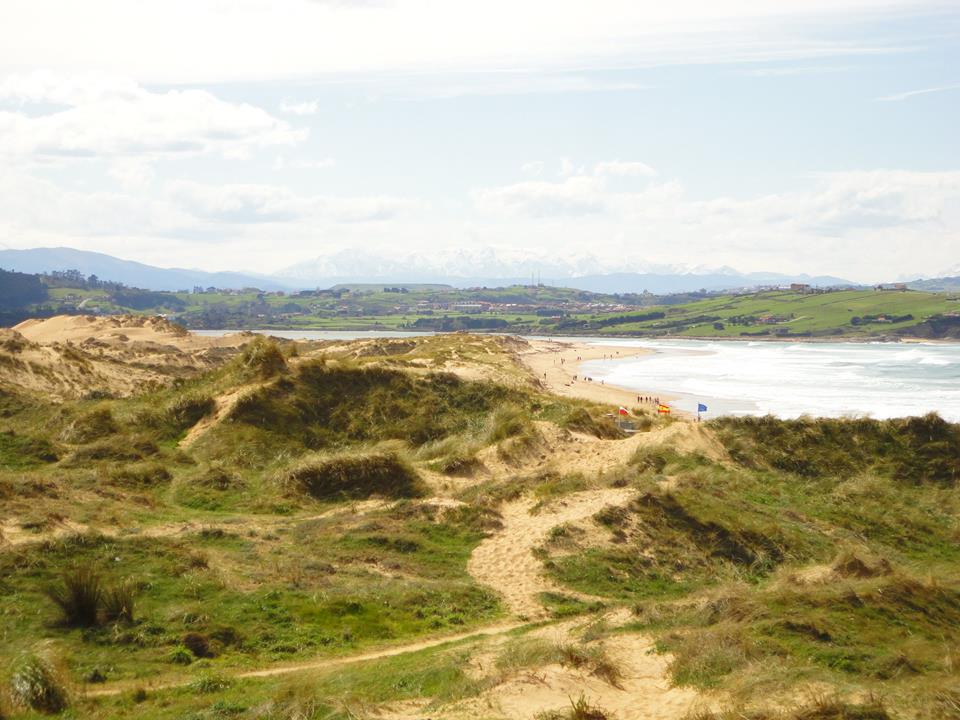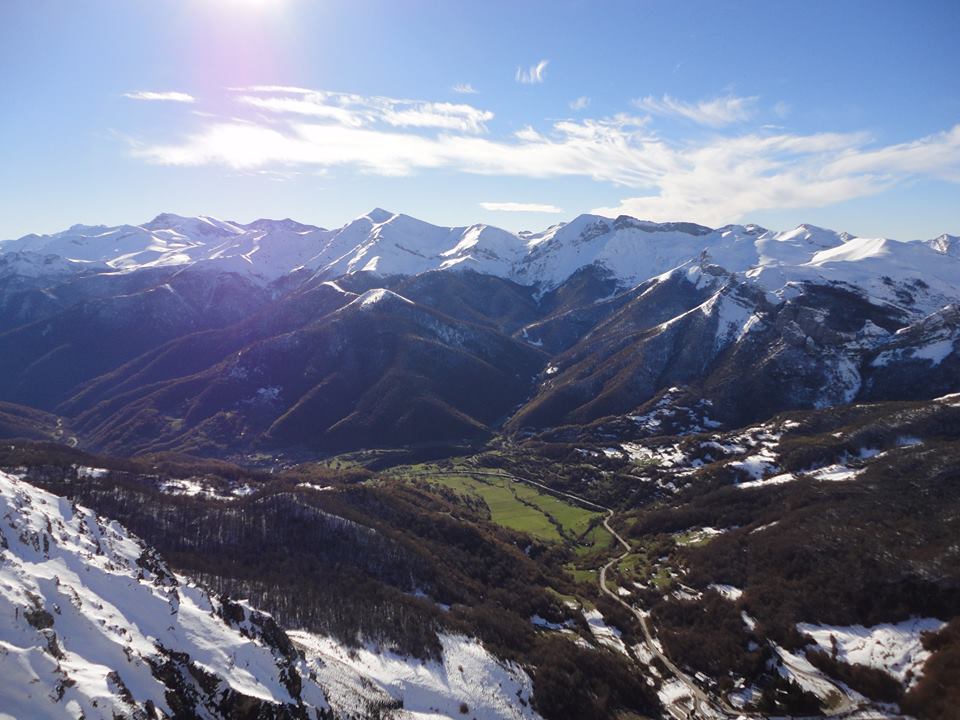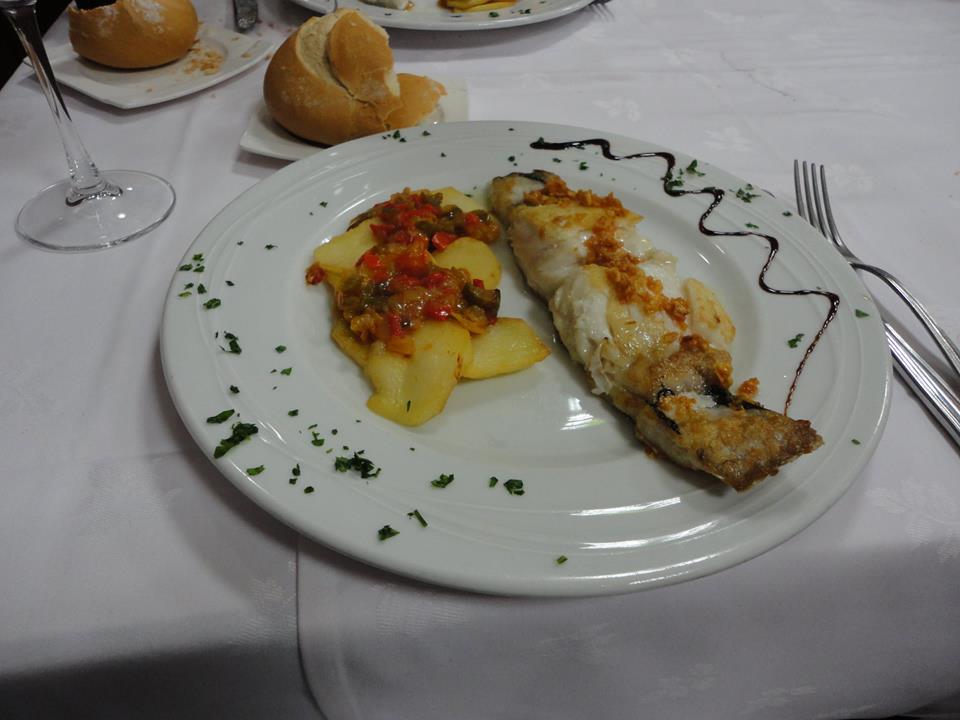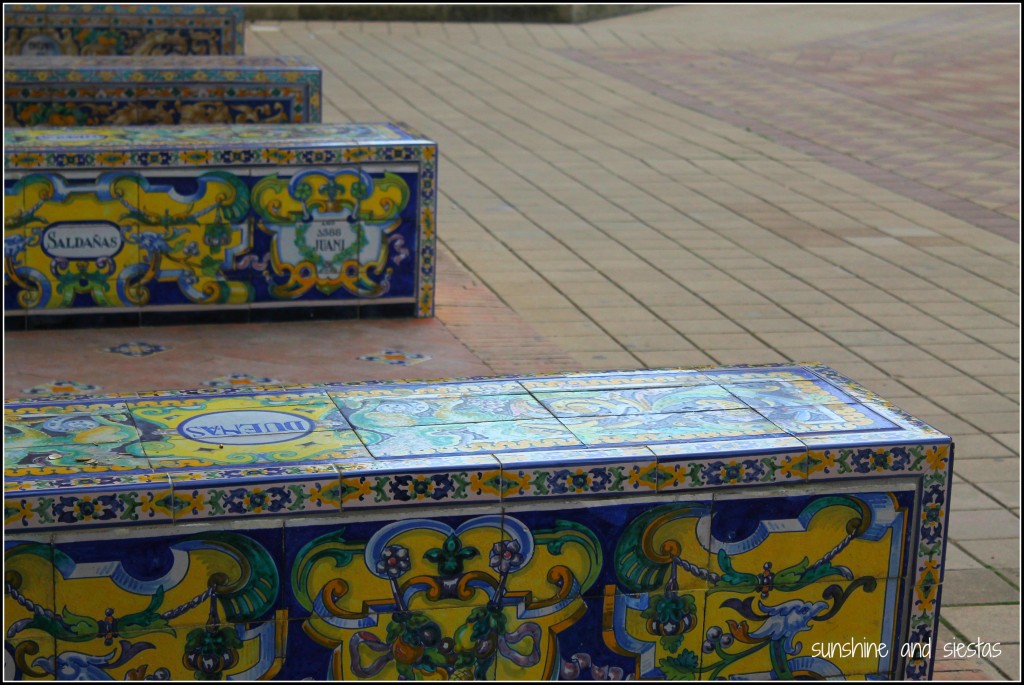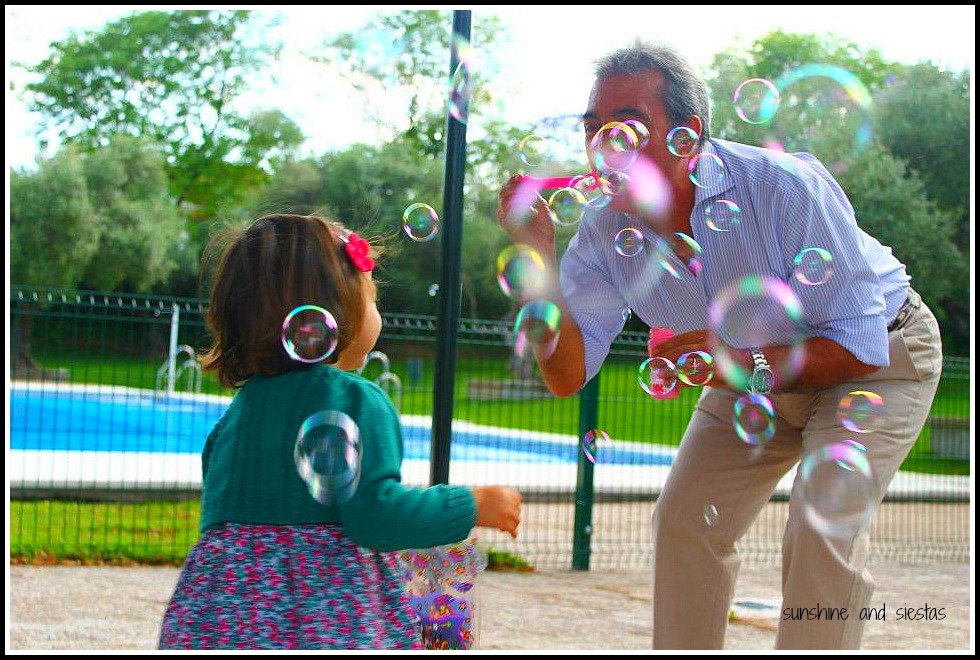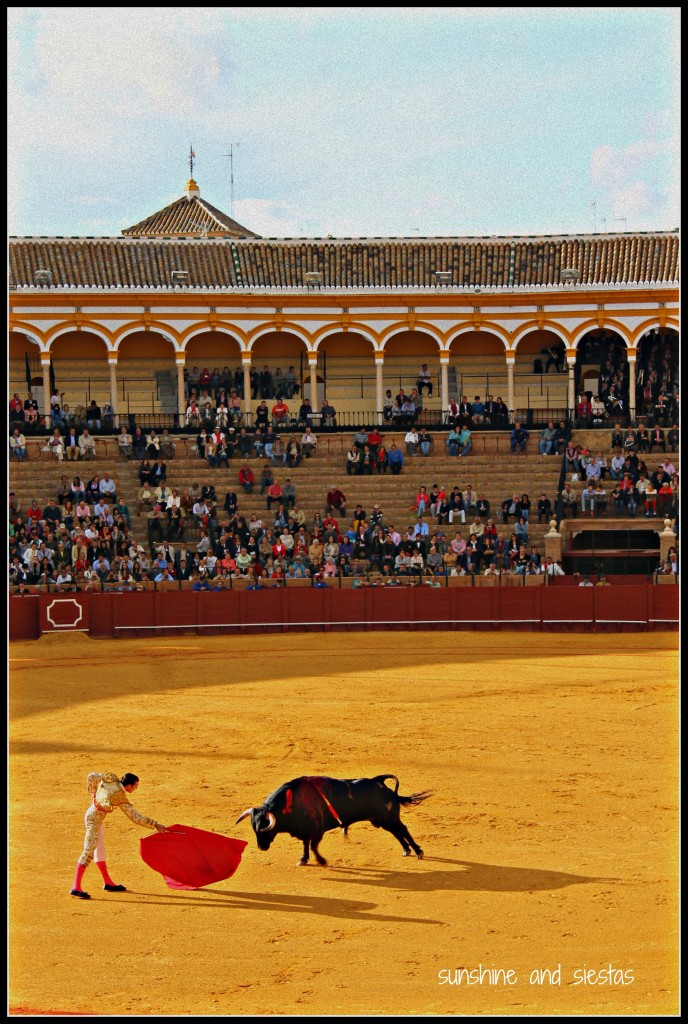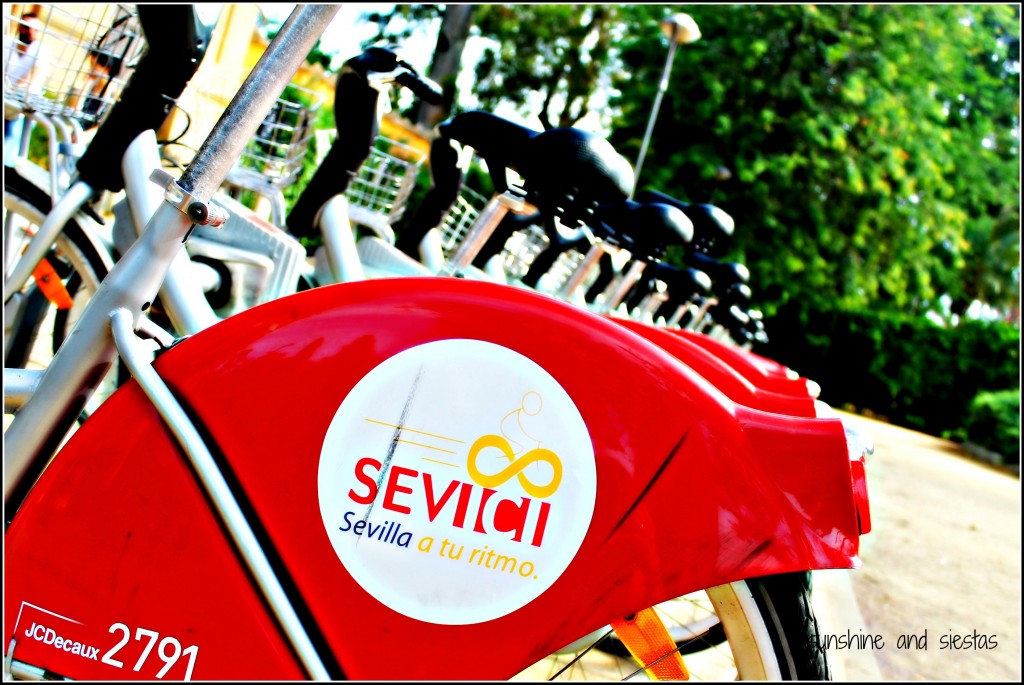In a little old house that was covered with vines,
lived 12 little girls in two straight lines.
For as long as I can remember, I have been borderline obsessed with Paris. I blame my mom, who bought me Madeline books. Remember how the book started?
My house was neither old nor plant-covered. But I had a lamp shaped like the Eiffel Tower and black and white postcards of Paris in the 30s that I garnered at a rummage sale tacked to my bulletin board.
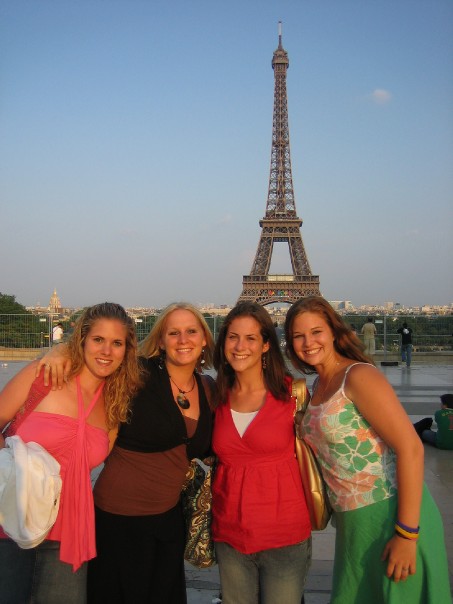
Growing up in the suburbs of a major city, my jaunts into Chicago seemed to go along with the soundtrack of a coming-of-age movie from the 80s: I wanted to live and breath the big city lights, maybe work for a glossy and have a string of good-looking boyfriends. Which is the plot to essentially every movie that came out when I was a teen.
When I asked my mom to let me study French in middle school, she told me Spanish would be far more useful in a future career. At 13, I didn’t know that learning another language would allow me to pivot from magazine editor to ESL teacher. Not as glamorous as I’d hoped, of course, but everyone starts somewhere.
“We breathe in our first language, and swim in our second.”
Ever since I read Adam Gopnick’s account of expatriated life in the French capital, “Paris to the Moon,” I was resolute that I’d live abroad at some point in my life. I didn’t particularly love the book – required reading for one of my college courses about Parisian architecture – but I did love what it represented: freedom, adventure and a healthy dose of red tape.
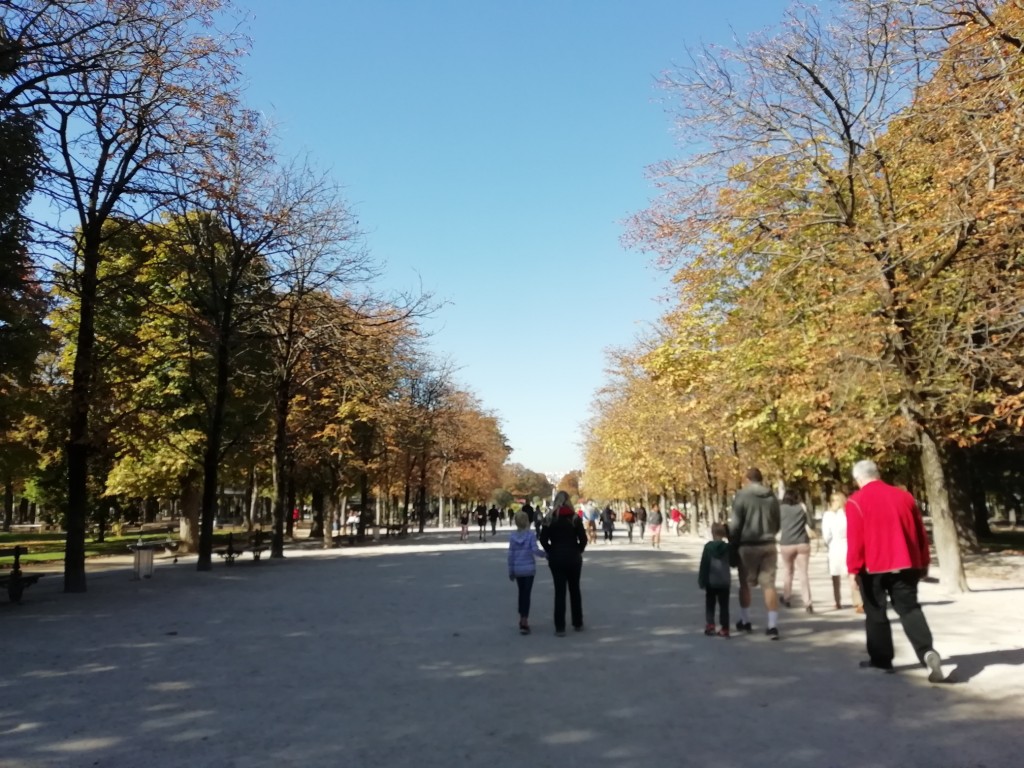
My class was meant to be a study in Eiffel and Hausmann. Instead, it was two Midwesterners waxing poetic about the bistros and brasseries just steps away from the Sorbonne. Iowa City is 4,291 miles away from Paris, but that Spring 2005 class somehow seemed to push me towards Europe and towards a city that held so many of my teenaged dreams.
I’d had one of those soul-restoring deep sleeps and woke up early on the first truly autumnal Sundays in Paris. My work trips always fall on a Sunday – a godsend for catching Parisians at play but nearly impossible for eating anything decent. I put on a Mango dress that passed as a raggedy version of Chanel and some lipstick and took the RER down to Luxembourg.
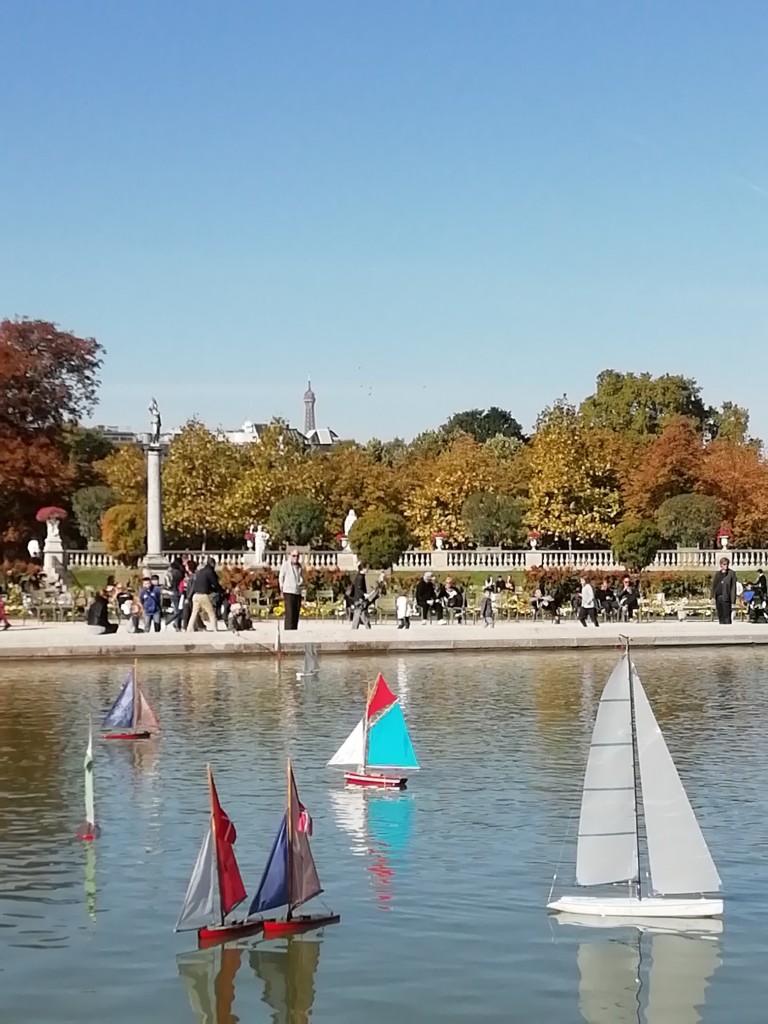
Gopnick often wrote about taking his young son to the Luxembourg gardens – in fact, it’s on the cover of the original 2000 book, a collection of essays he wrote for the New Yorker. I’ve criss-crossed Paris on half a dozen occasions, but usually as the tote-along on a first timer’s foray into Paris, or as a 24-hour stopover punctuating a long work trip. I purposely booked the last Eurostars train out of London so that I could take advantage of a late September morning and visit the park.
Armed with a baguette (fine, it was left over from my London trip and a little soggy) and a jacket draped over my arm, I found the eastern gate of the gardens, constructed in the 17th Century by Marie de Midici. It was just before noon and the Eiffel tower peeked over golden-tipped leaves, reflected in the small, circular pool. My college professors has spoken about the Palace du Luxembourg – its history, its current use in the French senate – but I was contented to have it as a backdrop to the children sailing model boats, their flags and colors somewhat tattered, on the pool.
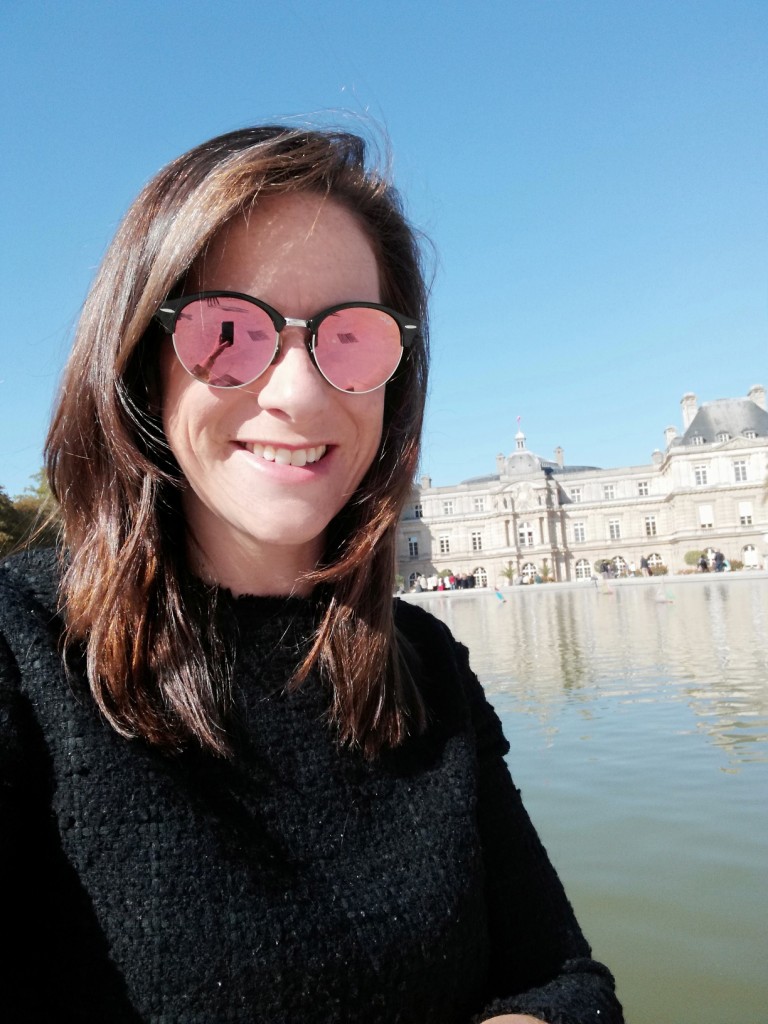
Olive green metal chairs ring the basin, some reclining towards the sky. I dragged a free sear on the southwest side of the park towards the sun and unwrapped my sandwich. A man crumbled the end of his baguette and fed it to a pigeon while a mother scolded her child in French for nearly climbing into the pool after the stick he was using to guide the boat drifted away from his fingertips. Chatter came from all around me in about half a dozen languages. I’ve always said said markets and plazas were the best place to catch Spaniards wrapped up in everyday life; in Paris, it’s Luxembourg.
Somehow, everything and everyone is picturesque and chic and unsoiled here.
Hell, even my soggy baguette tasted magical because I was eating it in Paris.
“This can shake you up, this business of things almost but not quite being the same. A pharmacy is not quite a drugstore; a brasserie is not quite a coffee shop; a lunch is not quite a lunch.”
As a perennial American abroad, I now see my own adulthood reflected in Gopnick’s telling of the mundane – as well as the truly fantastic – parts of expat life. I didn’t know it at the time, but the cadence of my life in Spain would be similar: everything and nothing is the same as back home.
Later that afternoon, post-recruitment event and a few cheeky beers with colleagues, I returned on foot to the garden. Nestled between the 5eme and 6eme arrondisments, I had two choices: using Luxembourg as my anchor, I could follow a foot map along the highlights of the district, or wander around. My professors had laid out all of the 5ème for me, so I veered into the 6ème.
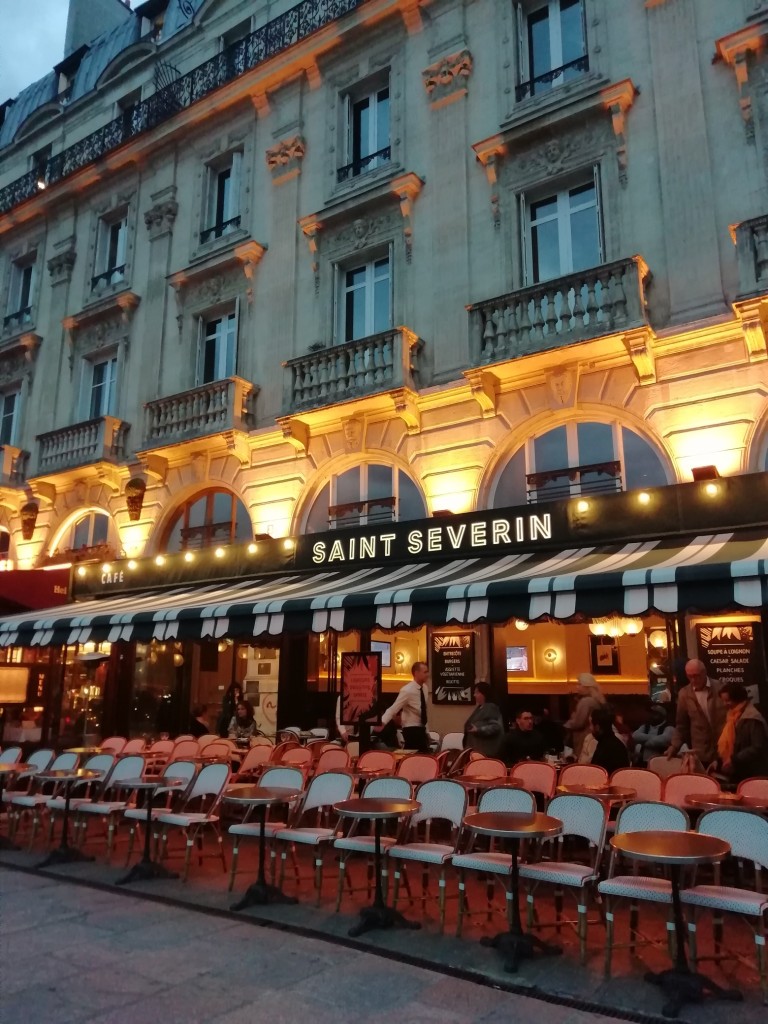
Snaking down the Rue du Condé that flanks the Odéon theatre towards the Sorbonne, some of the major highlights the professors talked about in class were suddenly right in front of me. Every alleyway offered me a glimpse into the allure of Paris. Long-legged university students pulled their jackets tighter as they glided down the steps of the Sorbonne’s medical school. It all seemed so Truman Show – until the cost of a beer and the snobbery when I asked to pay with a card brought this Midwesterner right back.
In Paris we have a beautiful existence but not a full life, and in New York we have a full life but an unbeautiful existence.
Gopnick’s wife says, upon deciding to return home, that “In Paris we have a beautiful existence but not a full life, and in New York we have a full life but an unbeautiful existence.” I find my experience to be the contrary: my life feels fuller and far more rosy in Spain.
Since that class, ARTH 3020: Paris and the Art of Urban Life, the Parisian joie de vivre and, alas, European life and the string of attractive (foreign) boyfriends has alluded me. My life in Spain is often chaotic and has a noticeable lack of afternoons whiled away at the brasserie down the block. But the small victories and the sobremesa and the afternoons in a complete trance over how I ended up here are fuel. They’re what has kept me in Spain.
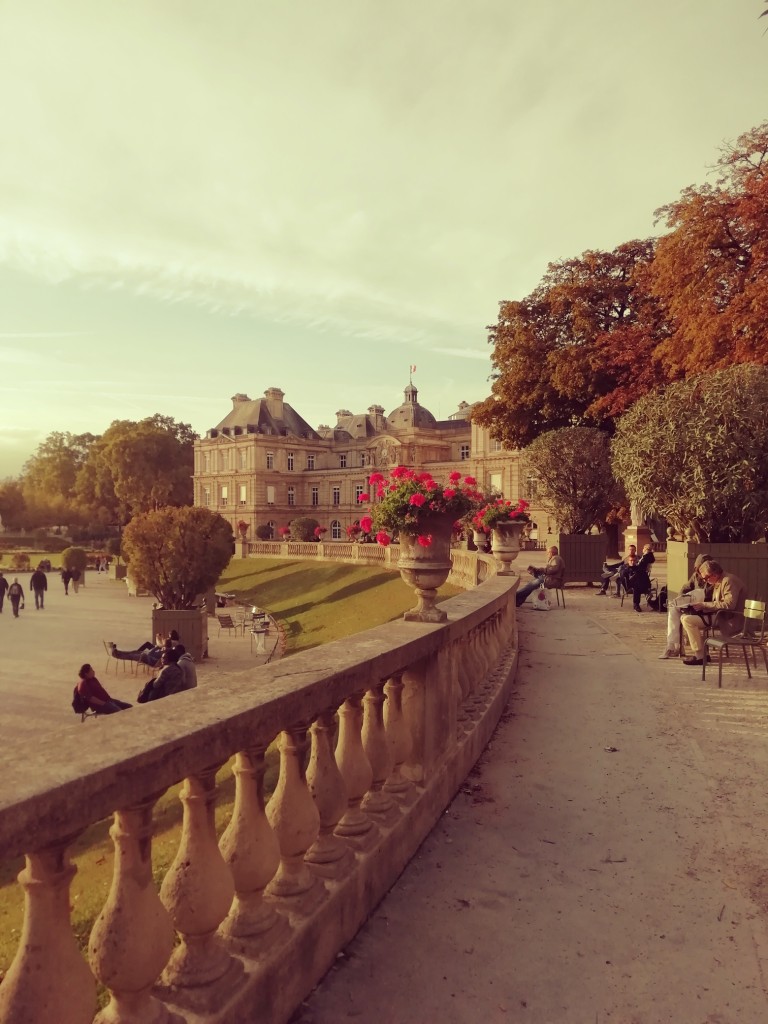
I’m sure that, had I chosen Paris over Seville, I’d be fighting the urge to look at my phone while my child played with a model boat at Luxembourg. And that I’d have stepped in something or spilled on myself or still gotten a zit at an inopportune moment.
Every time I return to my childhood bedroom, I switch on the gaudy Eiffel Tower lamp and drag a finger along the dozen or so books that I haven’t given away. Paris to the Moon is one of them, standing between the Michelin Le Guide Vert that was its class companion and a well-worn copy of a Let’s Go Europe book, published in the same year as the summer I spent in Spain. In an age where mobile phones dictate where we travel and what we share – and even prevent us from losing ourselves in a city – the book is a tangible reminder of the life I chose in Spain.
“There are two kinds of travelers. There is the kind who goes to see what there is to see, and the kind who has an image in his head and goes out to accomplish it. The first visitor has an easier time, but I think the second visitor sees more.”
If you’re my kind of traveler, you enjoy meandering around and taking it all in rather than ticking sites off of a list. I’ve been to Paris half a dozen times and have done all of the big draws, so this time I wanted to wander through a new arrondisment on a free evening I had in the French capital.
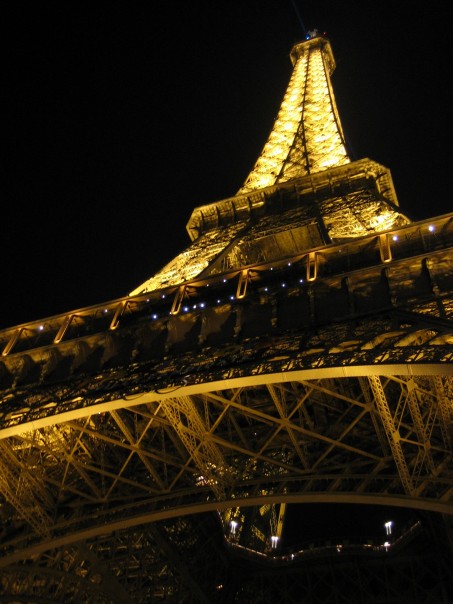
I used the GPS MyCity app for points of interest around the 5ème and 6ème during my afternoon off in Paris – you can easily download sightseeing or local haunts maps and use them offline in more than 1000 cities worldwide.
Comment below for your chance to win a year’s subscription to GPSMyCity and tell me a city you love to get lost in or hope to soon!
Disclosure: I was not paid for this post but GPSMyCity kindly offered me a one-year Premium Pass, which I’ll also us in Vienna next week. All opinions are my own.

